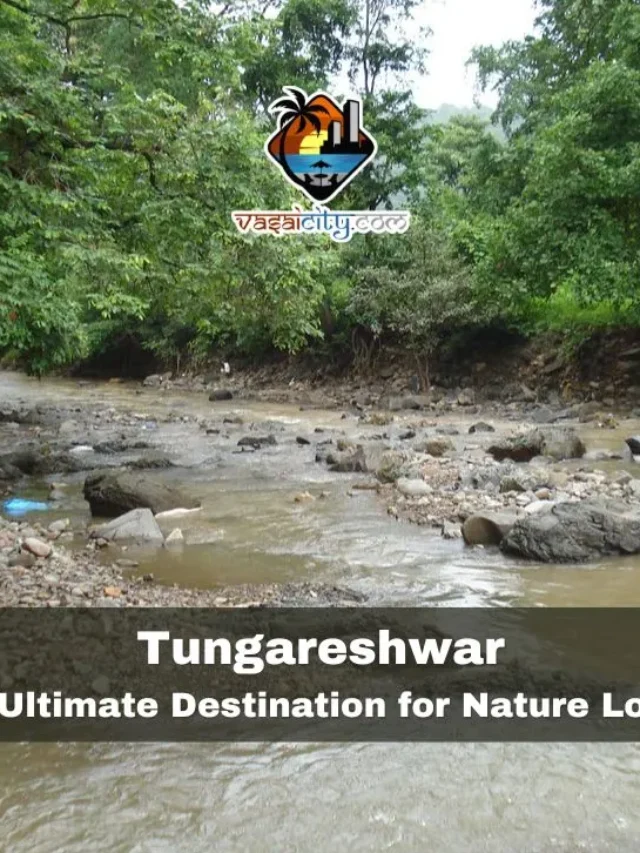Vasai: The historic pilgrimage, known as the Nirmal Yatra, which commenced on the 8th, has resulted in significant traffic congestion in the areas of Sopara, Samelgaon, and the surrounding regions. Due to the heavy influx of vehicles and stringent traffic checks at the checkpoints, commuters have been facing delays for hours, leading to frustration and inconvenience.
The pilgrimage, marking the sacred journey to the final resting place of Bhagwan Parshuram on the consecrated land, has drawn pilgrims from far and wide. The route spans over fifteen days, traversing the Vasai-Arnala state highway. Consequently, the traffic flow has been diverted to the Gas-Sopara route, causing a bottleneck in the Sopara region. This route intersects the Vasai-Sanjivani highway, resulting in frequent traffic snarls. With the increased pilgrimage-related vehicular movement, additional burden has been placed on this route, leading to daily traffic jams.
The stretch between Saturday and Sunday witnesses a surge in tourists heading towards the shores of the Kalamb Sea, affecting the routes to Wagholi-Sopara, Gass-Sopara, and Samelgaon-Sopara. This influx of vehicles has caused significant delays, leaving hundreds of commuters stranded for hours.
In an effort to alleviate the congestion, a group of young activists, including Amol Raut, Rohan Pathare, Unmay Patil, Bhavik Mhatre, Pranita Patil, and Swapnali Mhatre, approached the Nallasopara Police and Traffic Police with a written request. During peak traffic hours, the Traffic Police had deployed personnel at two key locations in Sopara village. However, the activists pointed out the need for removing the checkpoints to ease the traffic congestion.
Their request, submitted on the 8th, met with resistance from both police departments, resulting in an impasse. Consequently, numerous vehicles were stuck on the roads, causing widespread frustration among commuters. This deadlock has led to verbal altercations and expressions of discontent from the affected individuals.
To address the situation, the activists are urging the authorities to reconsider their decision and find alternative solutions to manage the traffic flow during the pilgrimage. They argue that the current approach, which includes strict checkpoints and continuous monitoring, has only intensified the problem.
In response, the Traffic Police spokesperson acknowledged the challenges faced by commuters but emphasized the necessity of security measures during the pilgrimage. The spokesperson stated that the checkpoints were essential to monitor the inflow of vehicles and ensure the safety of both pilgrims and locals. They highlighted the historical significance of the Nirmal Yatra and the need to strike a balance between facilitating religious practices and maintaining public safety.
Despite the ongoing standoff between the activists and the police, the affected commuters are caught in the crossfire. Some have expressed frustration on social media, sharing images and videos of the lengthy traffic jams and voicing their concerns about the lack of prompt action from the authorities.
As the situation unfolds, there is a growing call for a collaborative approach, with residents, activists, and authorities working together to find a solution that balances the religious sentiments of the pilgrims with the everyday needs of the local community. The need for open communication, understanding, and a holistic strategy to manage the traffic during such events is becoming increasingly apparent.
In conclusion, while the Nirmal Yatra holds immense religious significance, its impact on daily life and the local community cannot be overlooked. As the authorities and activists continue to engage in discussions, finding a middle ground that ensures both the smooth conduct of the pilgrimage and the convenience of commuters remains a crucial challenge. The hope is that a resolution can be reached swiftly to ease the current distress and prevent similar situations in the future.













